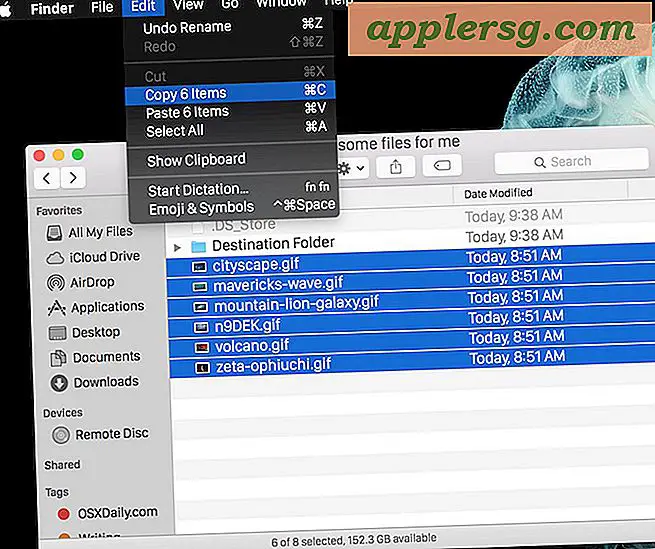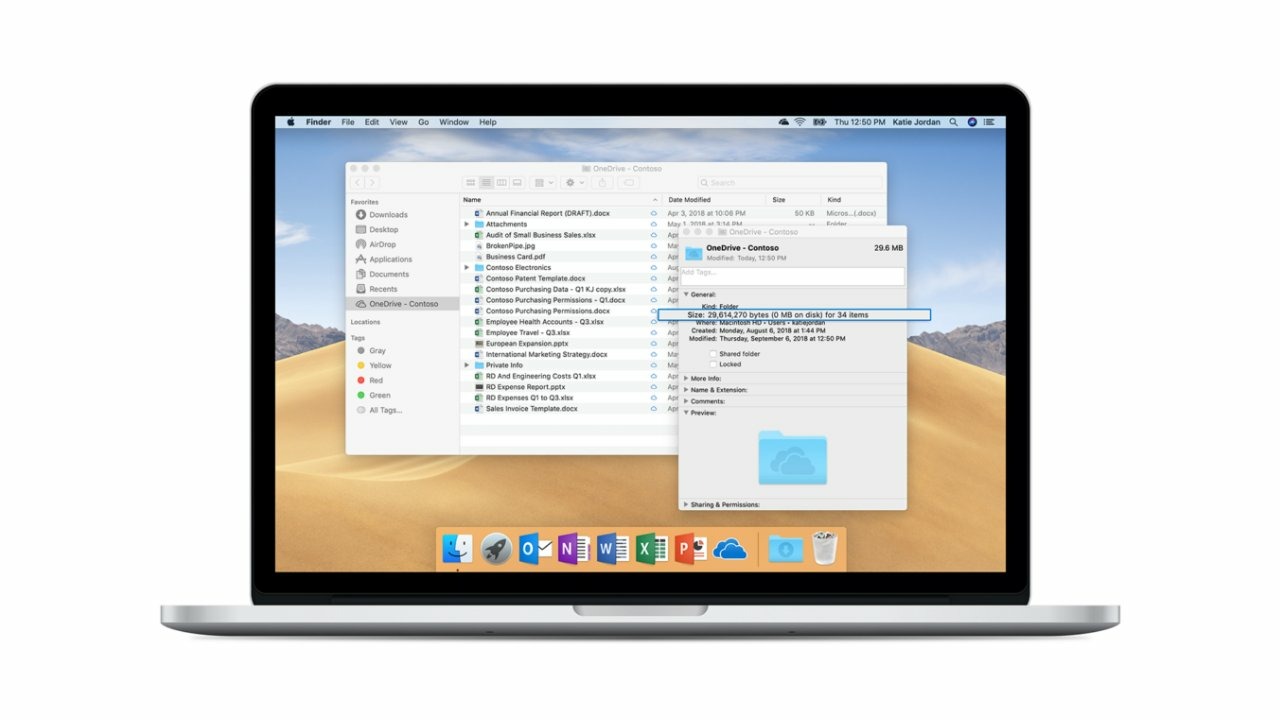

- #FILES FOR MAC HOW TO#
- #FILES FOR MAC SERIAL NUMBER#
- #FILES FOR MAC ZIP FILE#
- #FILES FOR MAC WINDOWS 10#
- #FILES FOR MAC PC#
Change the USB connection mode to “file transfer (MTP)” mode. Connect your device to your Mac with a compatible USB cable.For example, on my Mac it was this: cd /Users/Doug/Desktop/platform-tools/.To browse to the folder you extracted ADB into, enter the following command: cd /path/to/extracted/folder/.Extract the ZIP to an easily-accessible location (like the Desktop for example).
#FILES FOR MAC ZIP FILE#
Download the Android SDK Platform Tools ZIP file for macOS. Yay! You can now run any ADB command on your device! Now go forth and start modding your phone by following our extensive list of tutorials! #FILES FOR MAC SERIAL NUMBER#
If everything was successful, you should now see your device’s serial number in the command prompt (or the PowerShell window).
Finally, re-enter the command from step #6. Naturally, you will want to grant USB Debugging access when prompted (and tap the always allow check box if you never want to see that prompt again). On your phone’s screen, you should see a prompt to allow or deny USB Debugging access. In the Command Prompt window, enter the following command to launch the ADB daemon: adb devices. Some OEMs may or may not require this, but it’s best to just leave it in this mode for general compatibility. Change the USB mode to “file transfer (MTP)” mode. Connect your smartphone or tablet to your computer with a USB cable. #FILES FOR MAC WINDOWS 10#
(Some Windows 10 users may see “PowerShell” instead of “command window”.) This can be done by holding Shift and Right-clicking within the folder then click the “Open command window here” option.
Then open up a Command Prompt from the same directory as this ADB binary. Open Windows explorer and browse to where you extracted the contents of this ZIP file. Extract the contents of this ZIP file into an easily accessible folder (such as C:\platform-tools). Download the Android SDK Platform Tools ZIP file for Windows. Next up, you will need to scroll below and follow the rest of the instructions for your particular operating system.įollow along for the operating system on your computer. You are partially done with the phone setup process. Go in there and enable the USB Debugging mode option. Now go back to the main Settings screen and you should see a new Developer Options menu you can access. You will see a toast message when it is done. Then tap the Build Number option 7 times to enable Developer Mode. Tap the About Phone option generally near the bottom of the list. Launch the Settings application on your phone. Note: Setting up ADB on the computer is just half the equation since you’ll also need to do some things on the smartphone or tablet to accept the ADB commands. This is the moment where you’ll receive the authorization request on the Android device if the computer hasn’t been authorized in the past. It will then set up connections to all running devices which are attached to the computer (including emulators). Once that ADB service has been started, it will continue to listen to that specific port for commands that have been sent by the ADB client. If the daemon isn’t running, then it will start the process and tell you which local TCP port it has been started on. You’ll see this the following message in the command prompt or terminal, as it will check to make sure the daemon is running. So if you have freshly booted the computer (and you don’t have it setup to start the daemon on boot), then you will need it to be running before any communication can be sent to the target Android device. The server runs as a background process on the PC/Mac.īecause there are three pieces that makeup ADB (the Client, Daemon, and the Server), this requires certain pieces to be up and running in the first place. A server, which manages communication between the client and the daemon. 
The daemon runs as a background process on each device. A daemon (adbd), which runs commands on a device.We are sending commands to our device from this coomputer through the USB cable (and wirelessly as well in some cases).

#FILES FOR MAC PC#
the PC or Mac you have connected to your Android device. There are three components that make up the entire process. The internal structure of the Android Debug Bridge (ADB) is based on the classic client-server architecture.

#FILES FOR MAC HOW TO#
So, in this guide, we will show you how to install ADB on Windows, macOS, and Linux in quick and easy-to-follow steps. A prerequisite to these tricks is installing ADB on your computer. These have generally been done with the help of some command line Android Debug Bridge ( ADB) commands, a tool that Google offers for developers to debug various parts of their applications or the system, but which we can use for all kinds of neat and hidden tricks. Several features of the Android platform can be accessed only through paths and methods that are hidden away from the average user.








 0 kommentar(er)
0 kommentar(er)
